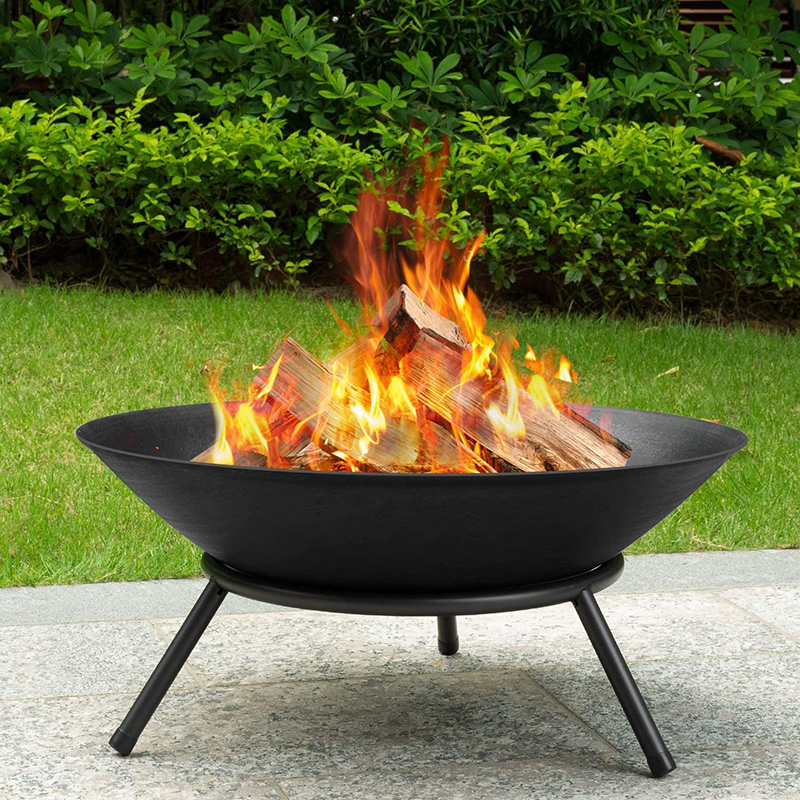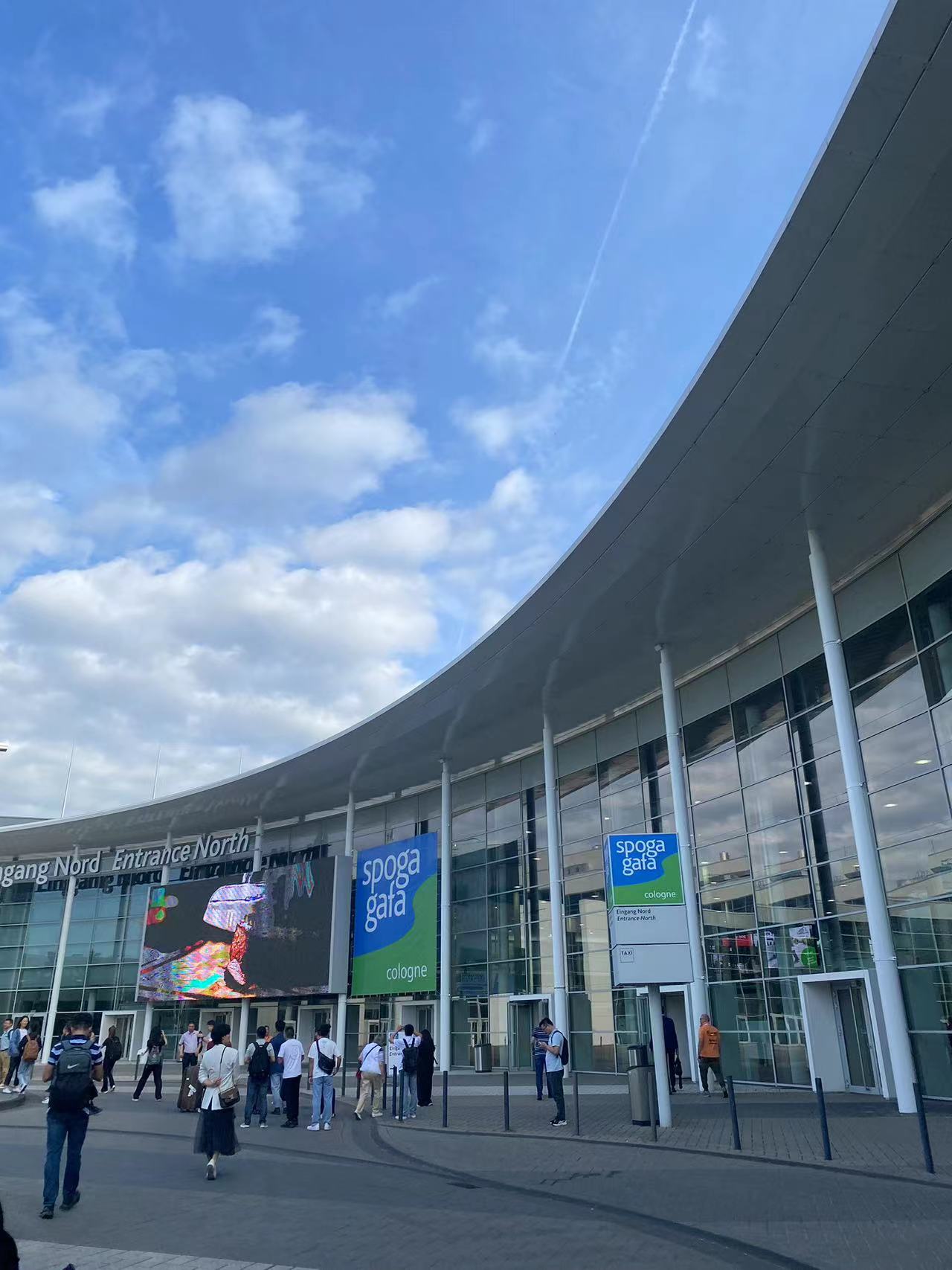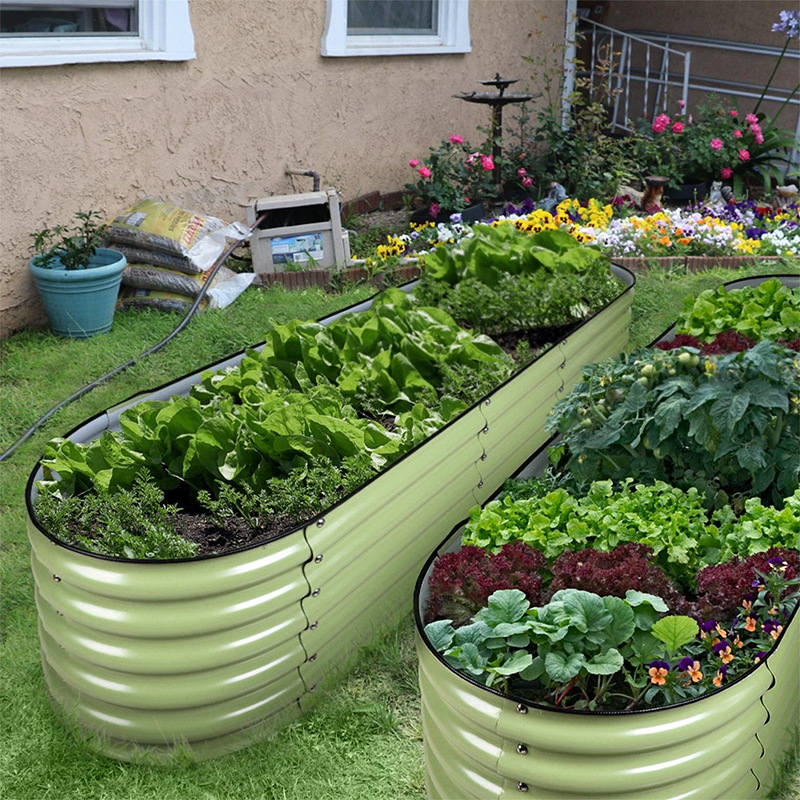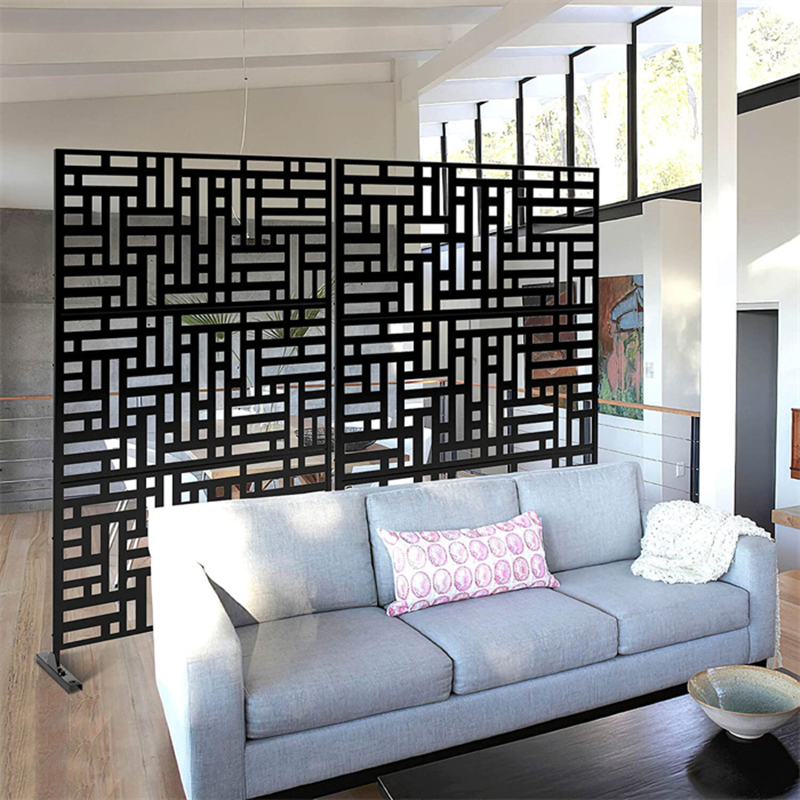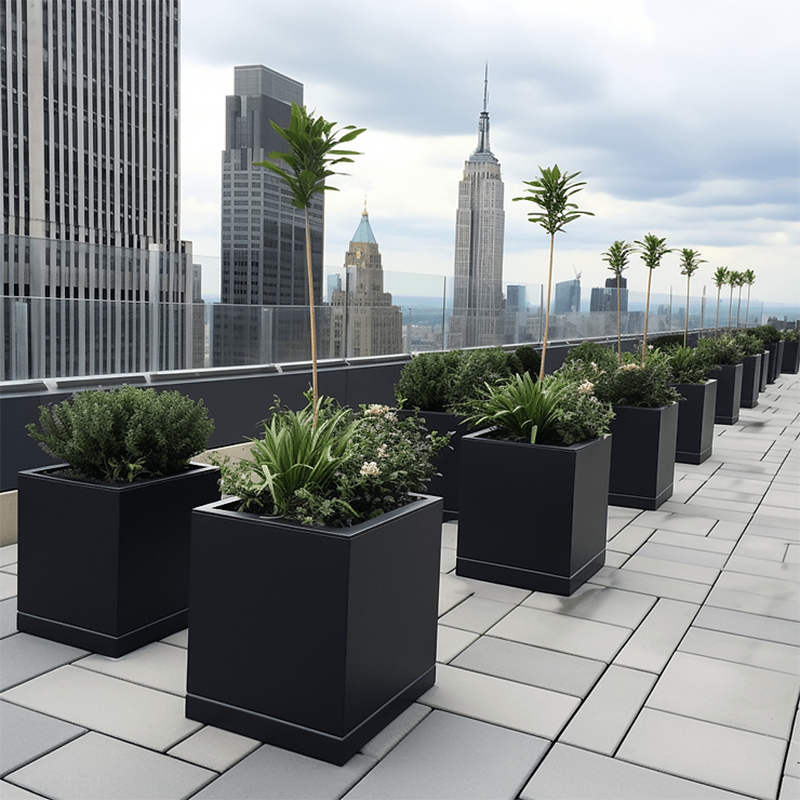A lot of steel is too rusty to be used, but you know what? One type of steel that is an exception is weathering steel. When it comes to steel, most of you have probably heard of it. Weathering resistant steel with good atmospheric corrosion resistance. In fact, pure iron is not easy to rust, but ordinary iron and steel, usually contains copper, carbon and other impurities, the flexibility of these impurities is lower than iron, and the formation of galvanic cells in the water air with iron, oxidation and reduction reaction separate, to provide a "highway" for the corrosion of steel.
The rust produced by corrosion of iron and steel is a loose porous structure with many microcracks connecting the pores. In this way, the rust acts like a sponge, absorbing moisture from the air and causing the steel to rust further until it is completely worn through.
Weathering steel is different from ordinary steel, in the beginning, it will rust on the surface like ordinary steel. The process is even faster than normal steel because of its high alloying degree. But because the lattice inside the weathering steel is more complex, a dark, dense layer of rust will grow under the loose rust on the surface.
In this dense rust layer, nickel atoms take the place of some iron atoms, making the rust layer cationic selective and resistant to corrosive anions.
It is this dense layer of rust, so that although the surface of weathering steel rust, but the interior will not continue to rust. In fact, as long as you carefully distinguish, you can see that the surface of weathering steel is not the same as ordinary rust: the rust of weathering steel is uniform and dense, close to the surface of the steel to protect the steel; And rust is patchy, loose porous, a touch will be slag.
